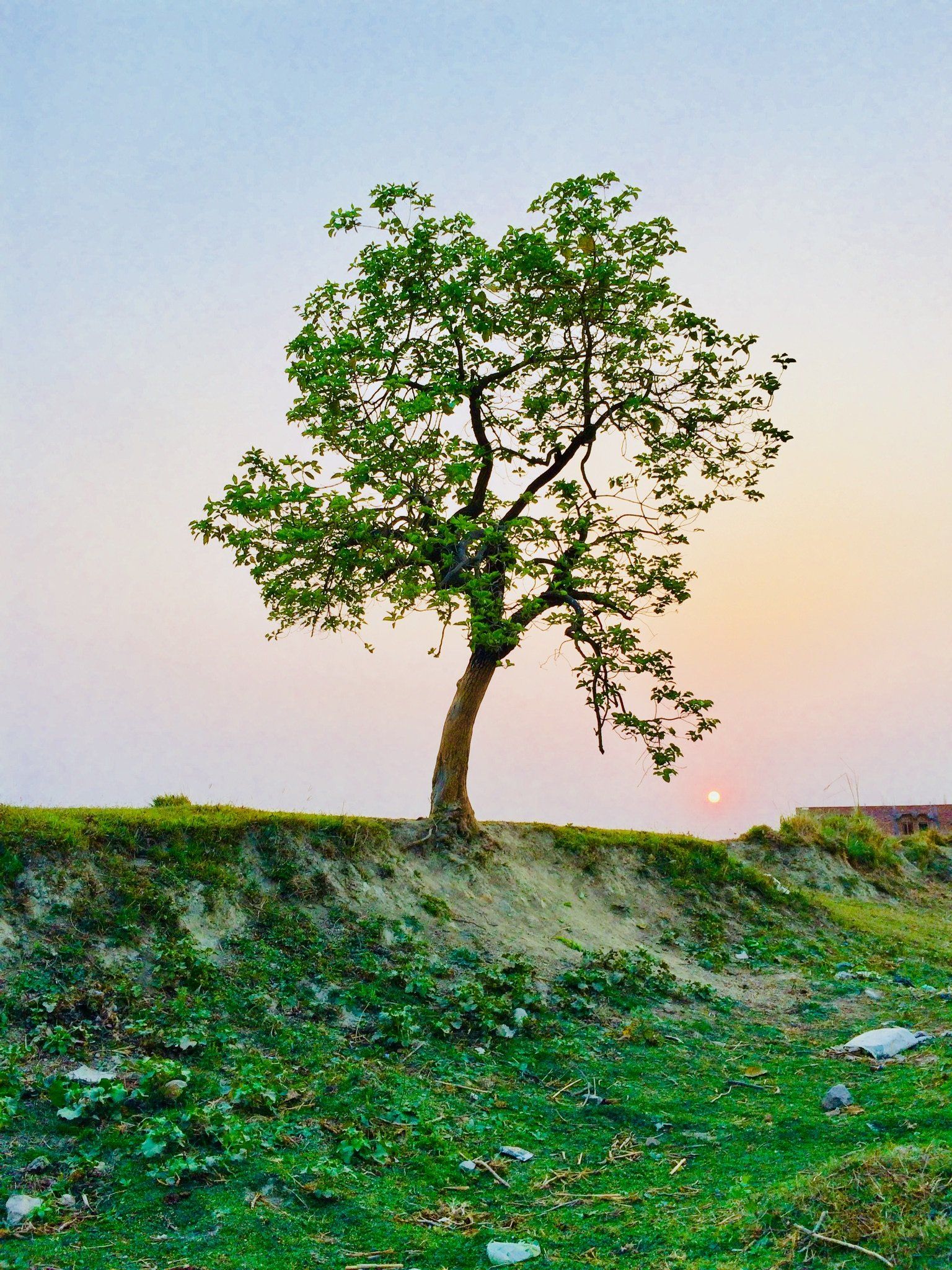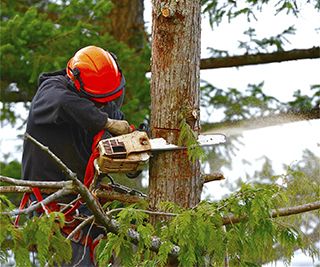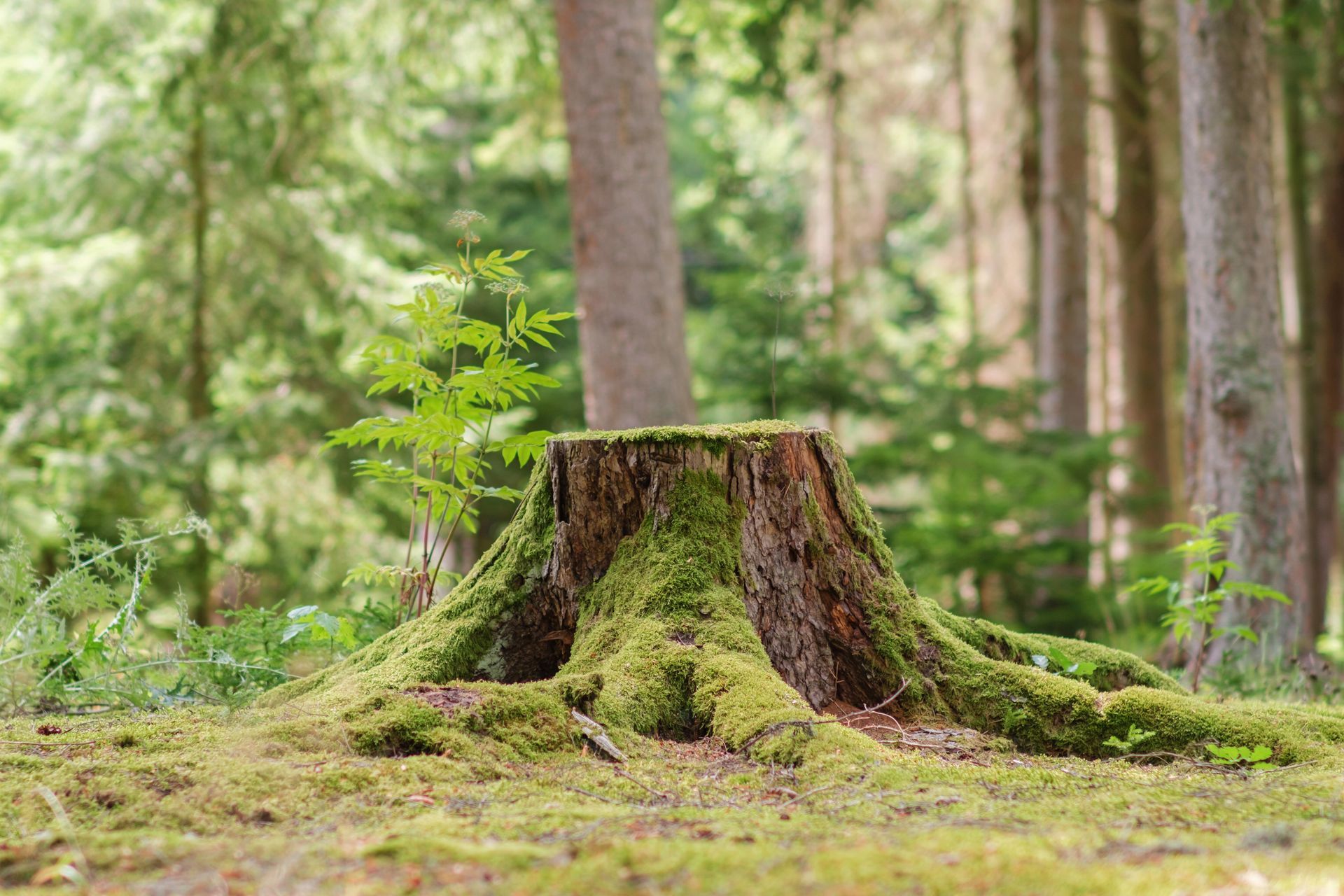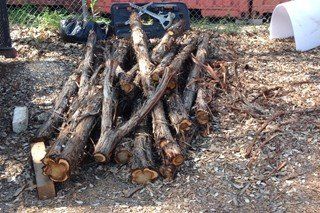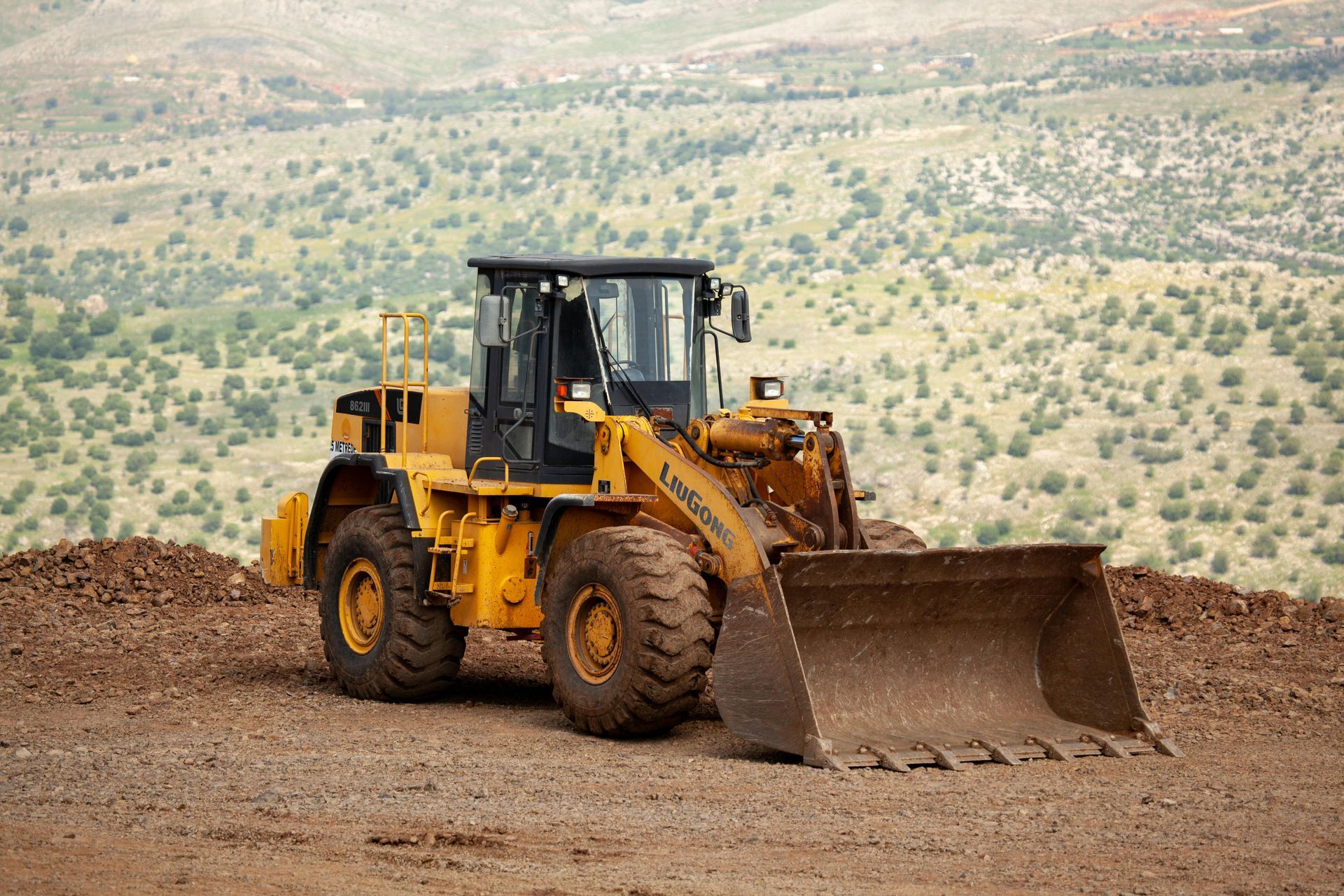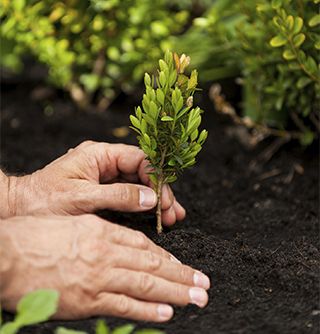The Unique Challenges of Tree Care in Austin, TX
Tree Care in Austin: Why Local Expertise Matters
Austin's urban forest faces unique challenges that set it apart from other Texas cities. From the rocky limestone soil to extreme weather swings, caring for trees in the Capital City requires specialized knowledge and experience. Understanding these local conditions can help you make better decisions about your property's trees and when to call for professional tree service.
Central Texas weather puts significant stress on urban trees. Summer temperatures regularly exceed 100°F, while winter can bring unexpected freezes that damage unprepared vegetation. The region's notorious drought cycles, punctuated by intense rain events, create a feast-or-famine water situation that many trees struggle to handle.
These dramatic weather patterns affect different tree species in various ways. Native Texas trees like live oaks and cedar elms have adapted to these conditions over centuries, while non-native ornamental trees often require extra care to survive Austin's climate extremes.
Soil and Root Challenges
Austin sits atop the Edwards Plateau, where limestone bedrock lies just beneath the surface in many areas. This creates several complications for tree health, including:
- Shallow soil depth limits root expansion and water storage capacity. Trees planted in areas with only 12-18 inches of soil above limestone struggle to establish strong root systems.
- Alkaline pH levels from limestone can prevent trees from absorbing essential nutrients like iron, leading to chlorosis (yellowing leaves) even when fertilizer is applied.
- Drainage issues vary dramatically across neighborhoods. Some areas have excellent drainage through limestone cracks, while others experience standing water that can rot tree roots.
Other Common Tree Problems
Local tree service professionals regularly encounter these common issues in the area:
- Oak wilt remains the most serious threat to Austin's beloved live oaks. This fungal disease spreads rapidly through root systems and can kill mature trees within months. The disease is so prevalent that the city has specific ordinances about oak tree trimming during certain times of year.
- Sudden summer stress occurs when trees that appeared healthy suddenly decline during extreme heat. This often results from a combination of factors: shallow roots, compacted soil, and inadequate irrigation during drought periods.
- Construction damage affects many trees as Austin continues its rapid growth. Root damage from excavation, soil compaction from heavy machinery, and grade changes can kill trees years after construction is completed.
When to Call Professional Tree Services
- Dead or hanging branches pose safety risks, especially during Austin's frequent thunderstorms
- Signs of oak wilt including rapid leaf browning and dropping, sweet-smelling sap, or fungal mats under bark
- Lightning damage which is common during Central Texas storms and may not be immediately visible
- Structural problems where trees lean toward homes, power lines, or high-traffic areas
Regular professional assessments can catch problems before they become dangerous or expensive. Many tree issues develop slowly and aren't obvious to untrained eyes until significant damage has occurred. Austin's unique environmental conditions require local expertise for proper tree care. Professional arborists understand which species thrive in Central Texas, how to manage oak wilt risks, and when limestone soil needs amendment for healthy tree growth.
Don't wait until storm damage or disease threatens your property. Contact P & R Tree Service for a professional assessment of your trees' health and safety. Their local experience with Austin's specific challenges ensures your trees receive the specialized care they need to thrive in Central Texas conditions.


